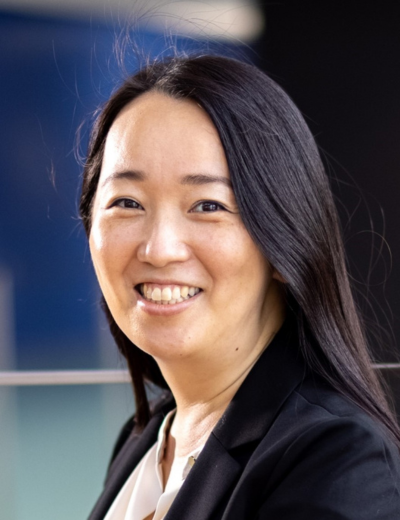Kazuyo Moro

The Impact of Appendectomy on Ulcerative Colitis
Abstract
ILC2s lack antigen-specific receptors and are activated by stromal cell-derived cytokines, such as IL-33 and IL-25. Type 2 cytokines produced by ILC2s play an important role in the pathogenesis of allergic diseases, fibrosis, and anti-helminth reactions. ILC2s are tissue-resident cells with distinct roles in various tissues. ILC2s in the lung and adipose tissue highly express IL-33 receptor, while ILC2s in the gut and skin express IL-25 and IL-18 receptors, respectively, but not IL-33 receptors to the same extent.
Ulcerative colitis (UC) is an inflammatory bowel disease (IBD) that affects a growing number of patients worldwide. In recent years, the advent of biologics, such as anti-TNF-α antibodies, has expanded the treatment options for UC, but no curative therapy has yet to be established. One cohort study reported that patients who underwent appendectomy by the age of 20 had a lower lifetime risk of developing UC. Subsequently, similar results have been obtained in cohort studies conducted in various countries. Although this phenomenon is well known to clinicians, no basic studies have examined this mechanism over the past 20 years. Therefore, we initiated a project with the aim of developing a new therapeutic approach by elucidating the mechanism by which appendectomy reduces the risk of colitis.
We first generated an appendectomy mouse model (APX) and induced colitis by ad libitum administration of dextran sulfate sodium (DSS). Similar to the cohort study, pathologies such as IL-1b and IL-6 production, intestinal atrophy, and weight loss induced by DSS were reduced in APX mice compared to those in sham-operated mice. To understand the immunological changes in the colon after APX, we examined the immune cell profiles and found that ILC2s were significantly increased after APX. Consistent with this result, we found that type 2 cytokines, such as IL-5 and IL-13, increased after APX in an IL-25 dependent manner. IL-25 is known to be produced by chemosensory epithelial cells called tuft cells. The most significant finding of this study was the identification of APX-induced hyperplasia of tuft cells in the colon. To understand the role of IL-25 in UC, we performed APX in IL-25 knockout mice and found that suppression of DSS-induced colitis was abolished in these mice. In contrast, IL-25 administration produced the opposite result. Many studies on IBD have focused on factors that cause colitis; however, by focusing on factors that inhibit the development of colitis, as in this project, we hope that new methods of preventing IBD can be established.
Biography
Dr. Kazuyo Moro graduated from Nihon University School of Dentistry in 2003. She obtained her Ph.D. from Keio University School of Medicine in 2010 for her achievement in discovering group 2 innate lymphoid cells. After completing her doctoral studies, she continued her research as a postdoctoral fellow at Keio University School of Medicine. In 2012, she transitioned to RIKEN IMS Laboratory for Immune cell systems, where she served as a senior researcher and sub-team leader. By 2015, she had been promoted to team leader for the Laboratory for Innate Immune Systems within RIKEN. In 2019, Dr. Moro was appointed as a professor in the Department of Microbiology and Immunobiology at the Graduate School of Medicine Osaka University.
Currently, she is actively involved in research at both RIKEN and Osaka University laboratories, focusing on various aspects of ILC2 differentiation, regulatory mechanisms, and their roles in allergies, fibrosis, infections, and inflammatory diseases.
